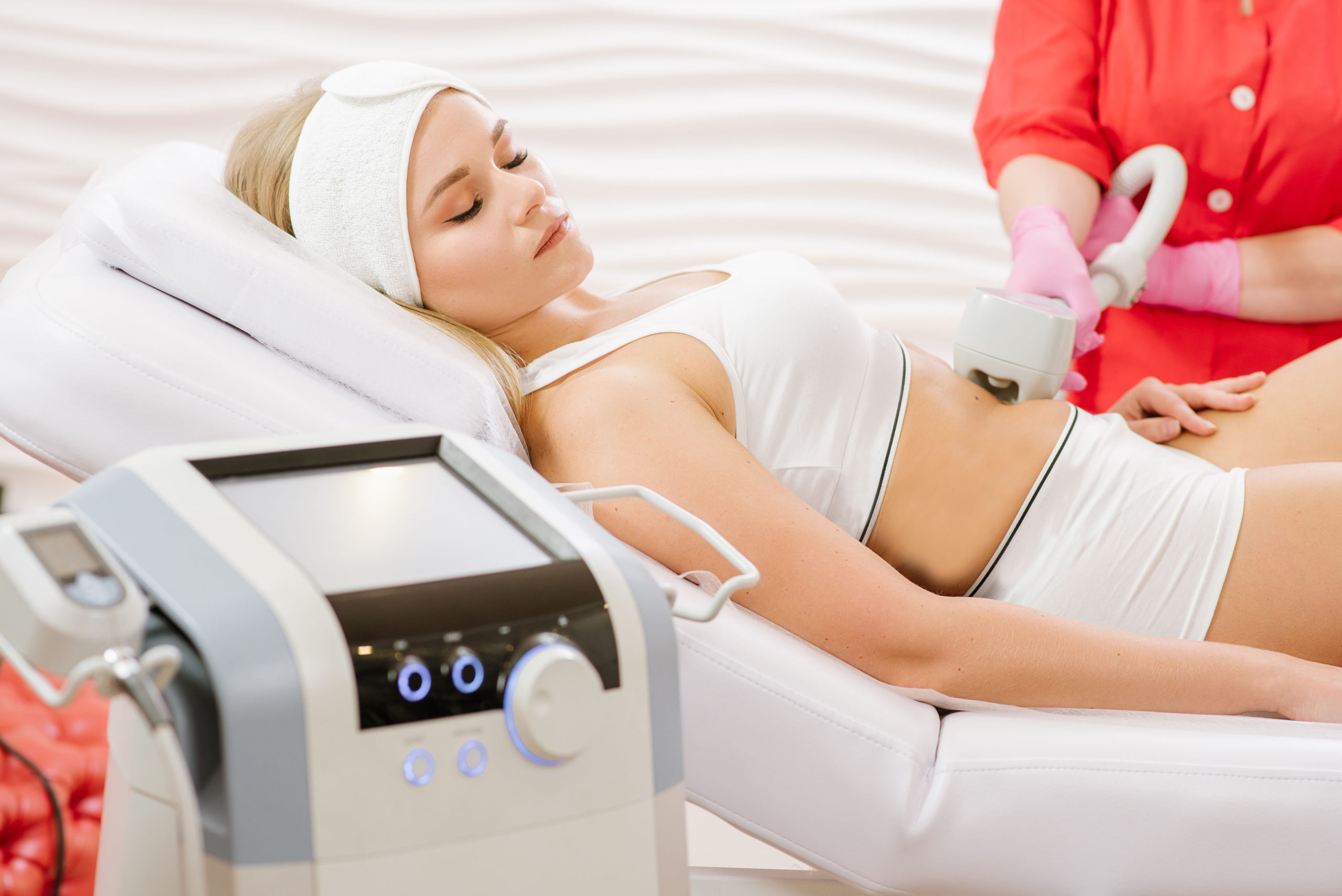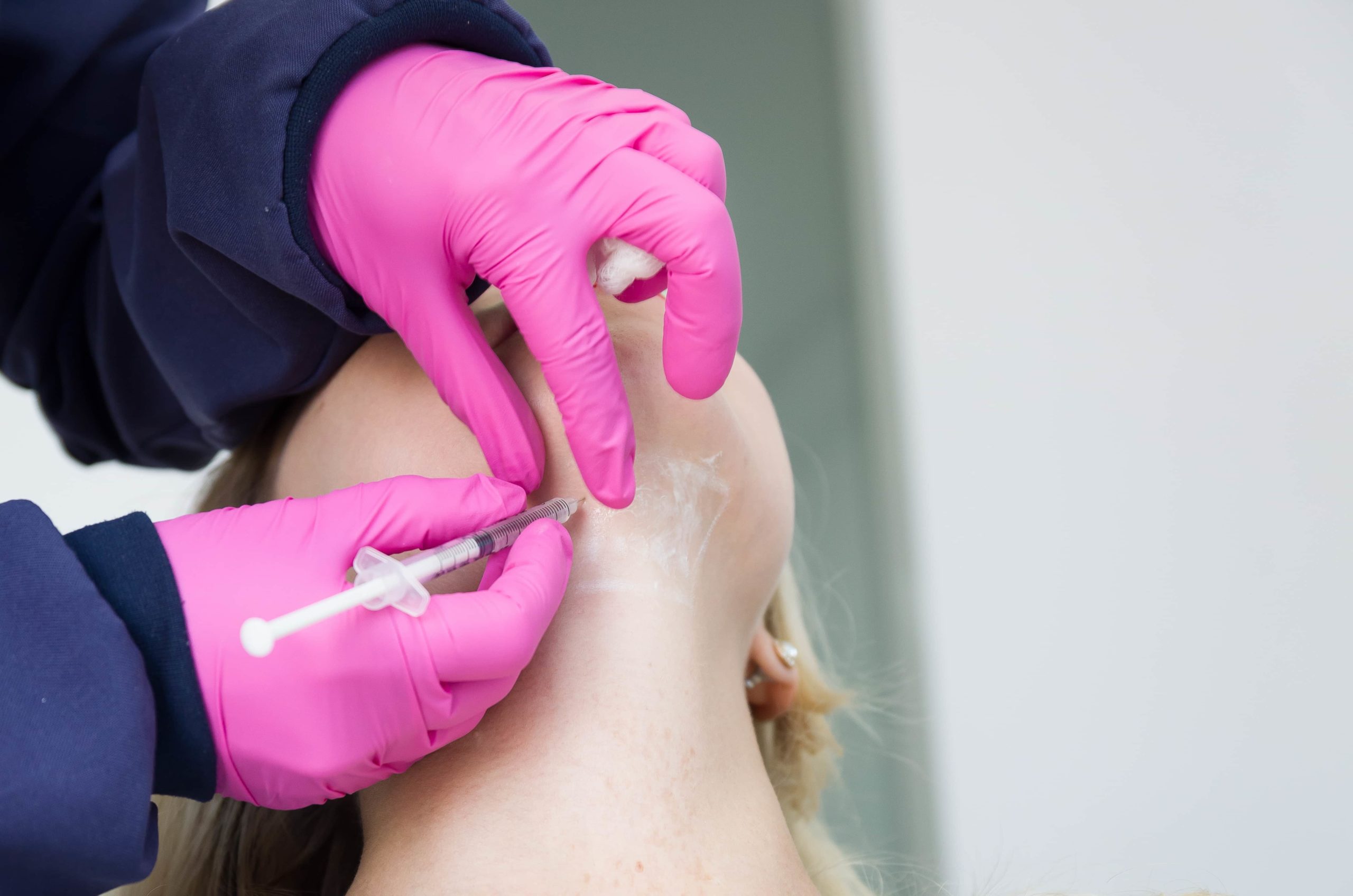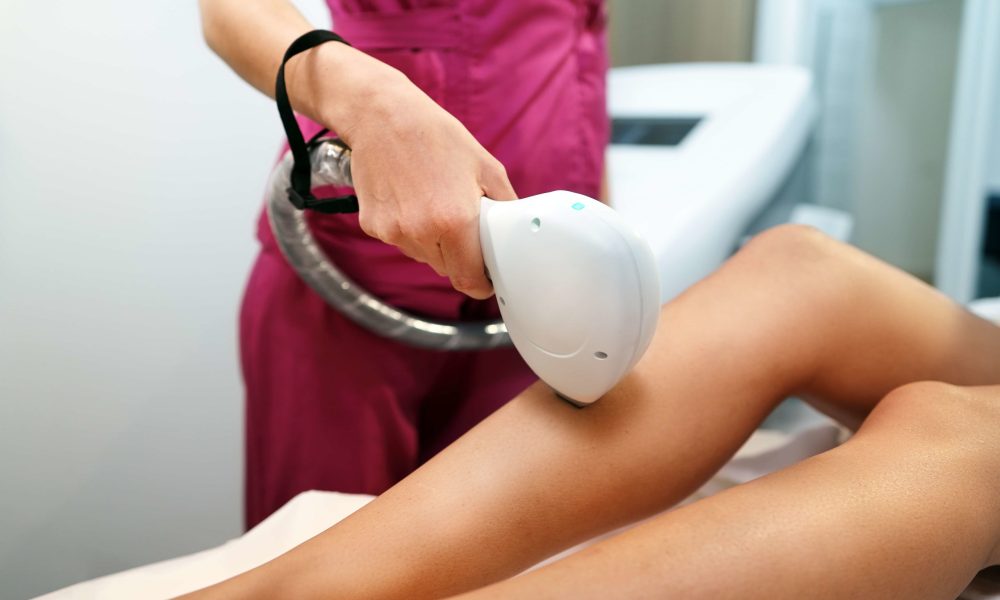Microneedling sounds daunting, but it’s a skincare game-changer worth knowing about. Microneedling is a simple, minimally invasive procedure that dermatologists have been using for years to rejuvenate skin. This technique involves tiny needles that gently puncture the skin, triggering a natural healing process. The result? A boost in collagen production leads to smoother, firmer, and more youthful-looking skin.
While the thought of needles on your skin might raise some eyebrows, the benefits of microneedling are hard to overlook. From reducing fine lines and wrinkles to enhancing the formation of scars and hyperpigmentation, this treatment has become a go-to for those looking to enhance their skin’s overall texture and appearance.
What is Microneedling?
Microneedling, also identified as collagen induction therapy, is a process that uses tiny microneedles to stimulate your skin’s natural healing process, thereby boosting collagen production. This results in smoother, rejuvenated skin. It’s particularly effective for reversing signs of aging and diminishing acne scars, skin pigmentations, and stretch marks.
The MDPen MicroNeedling device, a leading product in this field, is commonly used by certified professionals for these procedures. Unlike traditional microneedling rollers, the MDPen features a pen-like device equipped with a needle head containing multiple needles. This modern tool allows for a more controlled and precise treatment. The practitioner can adjust the needle depth to tailor the treatment to each individual’s needs. The device operates quickly, creating micro-injuries in the skin in a speedy manner, which generally makes the procedure less uncomfortable and more efficient.
The Science Behind Microneedling
Using a device like the MDPen, tiny needles create micro-injuries on the skin’s surface. While the idea of deliberately causing injury might seem odd, this process triggers a natural healing response that is beneficial for the skin.
When the skin is injured, even in such a minor way, it goes into repair mode. This involves ramping up the production of collagen and elastin, two key proteins essential for maintaining skin structure and elasticity. Collagen, often referred to as the scaffolding of the skin, provides firmness and strength. Conversely, elastin allows the skin to return to its original shape after stretching or contracting.
As the skin heals from these micro-injuries, the new collagen and elastin that form help reduce wrinkles and fine lines, improve skin texture, and even make scars less noticeable. Essentially, microneedling tricks the skin into regenerating and rejuvenating itself.
Another aspect of microneedling is its ability to enhance the absorption of topical skincare products. The tiny punctures created during the procedure act like channels, allowing serums, creams, and other skincare treatments to penetrate deeper into the skin, making them more effective.
Key Benefits of Microneedling
Microneedling, particularly when done with devices like the MDPen, offers several key benefits:
- Reduction of Fine Lines and Wrinkles: By boosting collagen production, microneedling helps fill fine lines and wrinkles, giving the skin a more youthful appearance.
- Scar Treatment: Microneedling effectively reduces the appearance of scars, especially acne scars, as the healing process helps smooth out the skin texture.
- Sun Damage and Pigmentation: It can improve the appearance of sun-damaged skin and hyperpigmentation by promoting the even distribution of melanin.
- Shrinking Pores: Despite involving needles, microneedling can actually make pores appear smaller by stimulating collagen in and around your pores.
- Improves Skin Elasticity: The increase in elastin production helps improve skin elasticity, making it firmer and more supple.
- Enhances Product Absorption: As mentioned earlier, the micro-channels created by microneedling aid in deeper penetration of skincare products, making them more effective.
- Reduction of Stretch Marks: Similar to its effect on scars, microneedling can also help diminish the appearance of stretch marks.
- Rosacea Reduction: By strengthening the skin, microneedling can reduce rosacea symptoms, characterized by redness and skin thinning.
- Acne Improvement: Some studies suggest microneedling can help reduce acne by improving skin health.
- Safe for Most Skin Types: Microneedling is generally safe for all skin types, making it a versatile treatment option.
Microneedling Procedure Experience
The experience starts with a thorough skin assessment and a conversation about your goals. This initial step is crucial for tailoring the procedure to your specific needs.
On the day of the treatment, your skin is first cleansed, and then a numbing cream is spread. This step ensures that the procedure is comfortable. The numbing takes a bit of time to become effective, creating a brief waiting period before the actual microneedling begins.
The practitioner then uses the MDPen, a pen-like device with fine needles, to treat your skin. This is done with care, focusing on areas that need the most attention. Adjusting the needle depth is key to the treatment’s effectiveness, as different skin areas require different approaches.
The sensation during the treatment is often compared to light sandpaper moving across the skin. It’s generally not painful, thanks to the numbing cream. The procedure itself is quick, usually lasting about 20-30 minutes.
Who Should Avoid Microneedling?
Microneedling is a versatile treatment, but it’s not suitable for everyone. Certain conditions and circumstances warrant caution or outright avoidance of the procedure:
- Active Acne and Skin Infections: If you have active acne breakouts or any skin infection, microneedling might aggravate these conditions. The procedure could potentially spread bacteria, leading to worsening of acne or infection.
- Skin Conditions: Individuals with eczema, psoriasis, or other chronic skin conditions should be cautious. The irritation from microneedling might exacerbate these conditions.
- Keloid Scarring: If you have a history of keloid scarring, where scars grow much larger than the original wound, microneedling might not be advisable. It could trigger more keloid formation.
- Blood Thinners or Certain Medications: Those on blood-thinning medication or certain acne treatments, like Accutane, should avoid microneedling. These medications can raise the threat of bleeding or other side effects during and after the procedure.
- Pregnancy: There’s a general recommendation for pregnant women to avoid microneedling. The hormonal changes during pregnancy can alter the skin’s characteristics, plus the safety of microneedling during pregnancy hasn’t been extensively studied.
- Very Sensitive Skin: Individuals with extremely sensitive skin might find microneedling too harsh, leading to excessive redness, irritation, or other adverse reactions.
Takeaway
Experience the transformative power of skincare at The Rejuvenation Center. We invite you to unlock your skin’s potential with our advanced microneedling treatments, expertly tailored to meet your unique needs. Our experts, leveraging state-of-the-art technology like the MDPen, are committed to guiding you to healthier, more radiant skin. Whether you’re looking to diminish fine lines, improve texture, or rejuvenate your complexion, The Rejuvenation Center is your destination for expert care. Don’t wait to embrace the skin you deserve. Contact us today for your assessment and begin your path to revitalized beauty.







